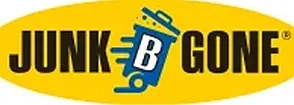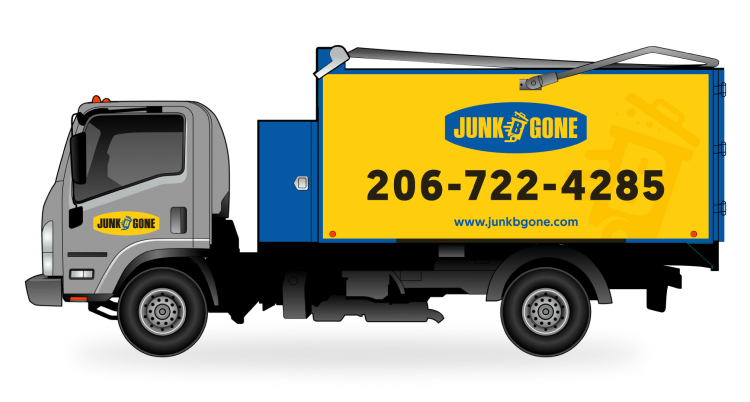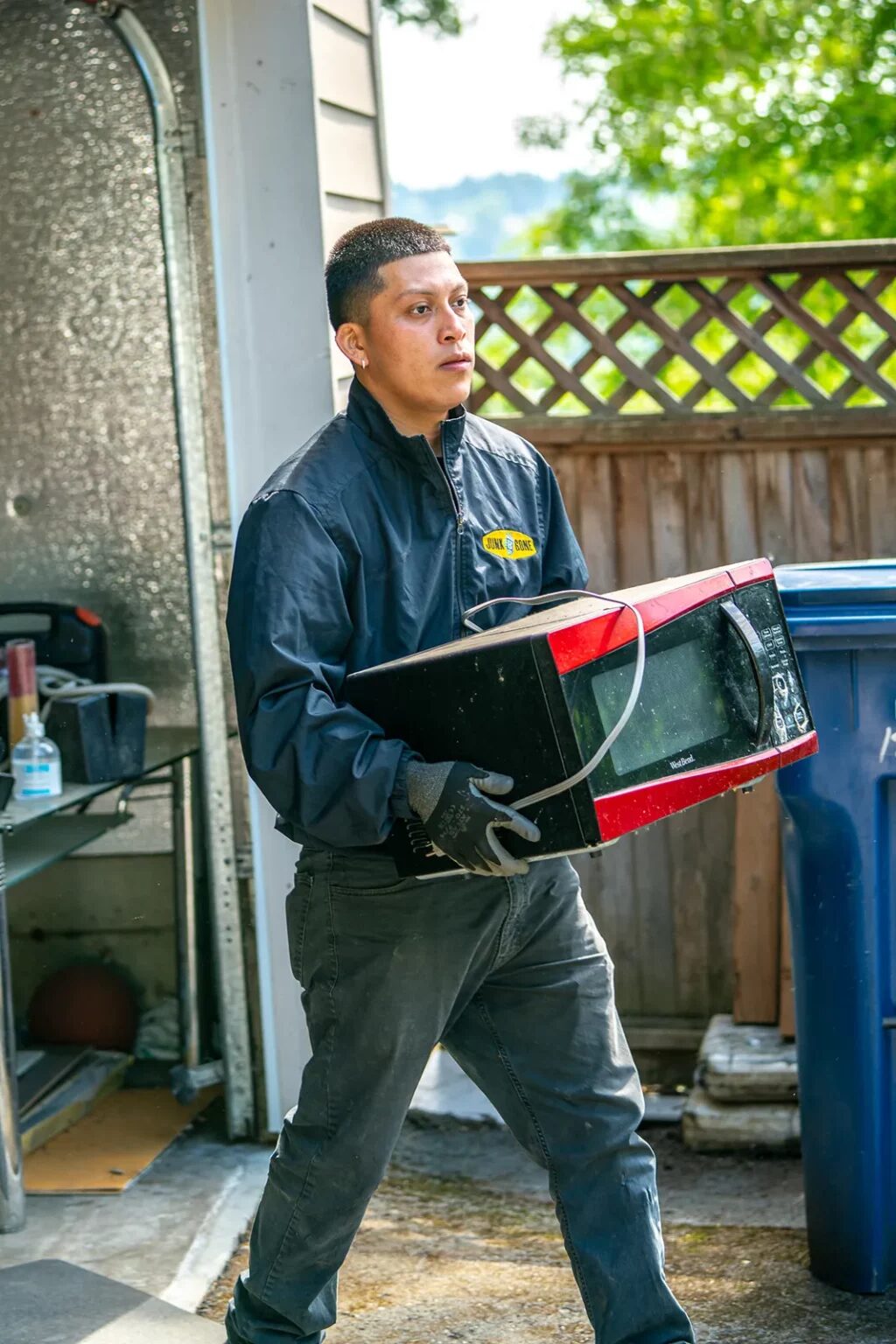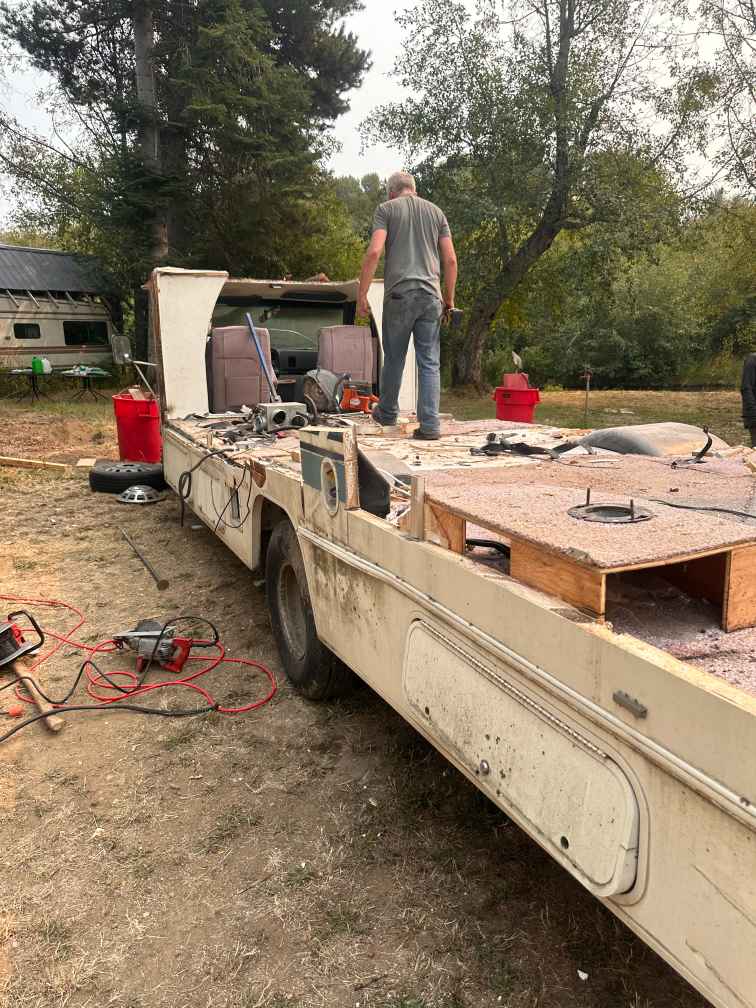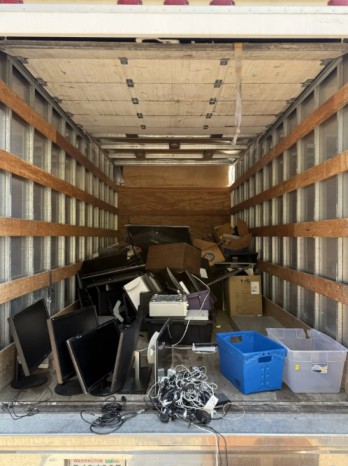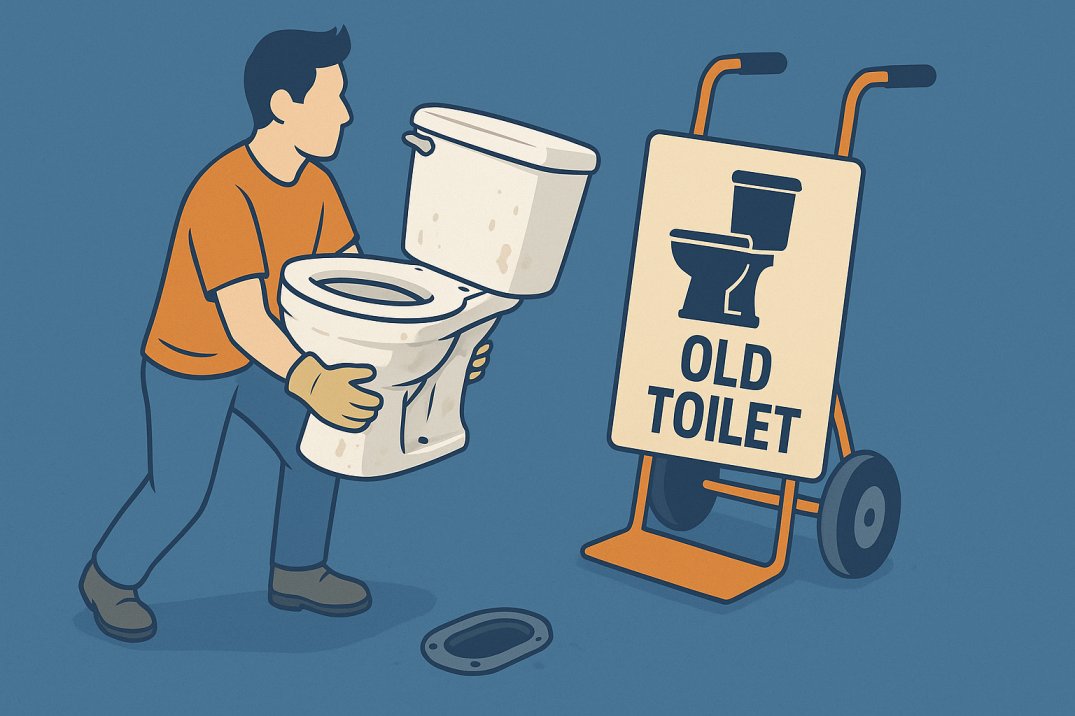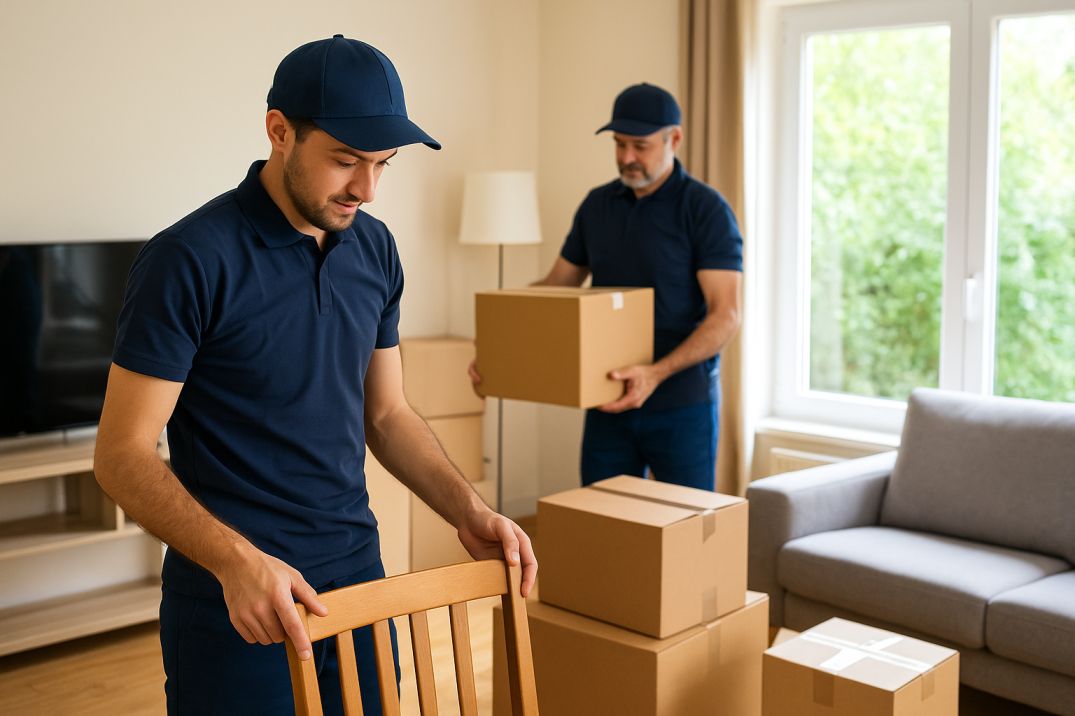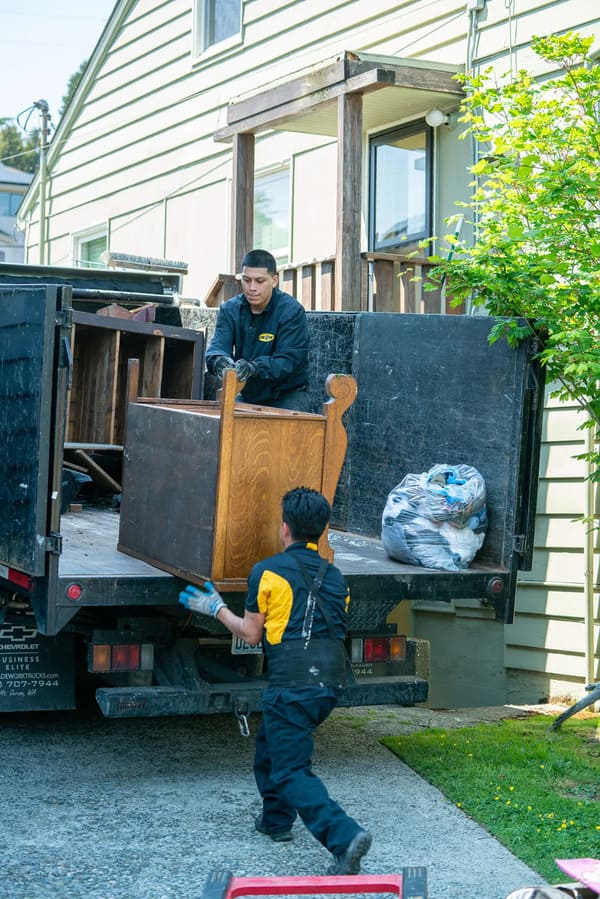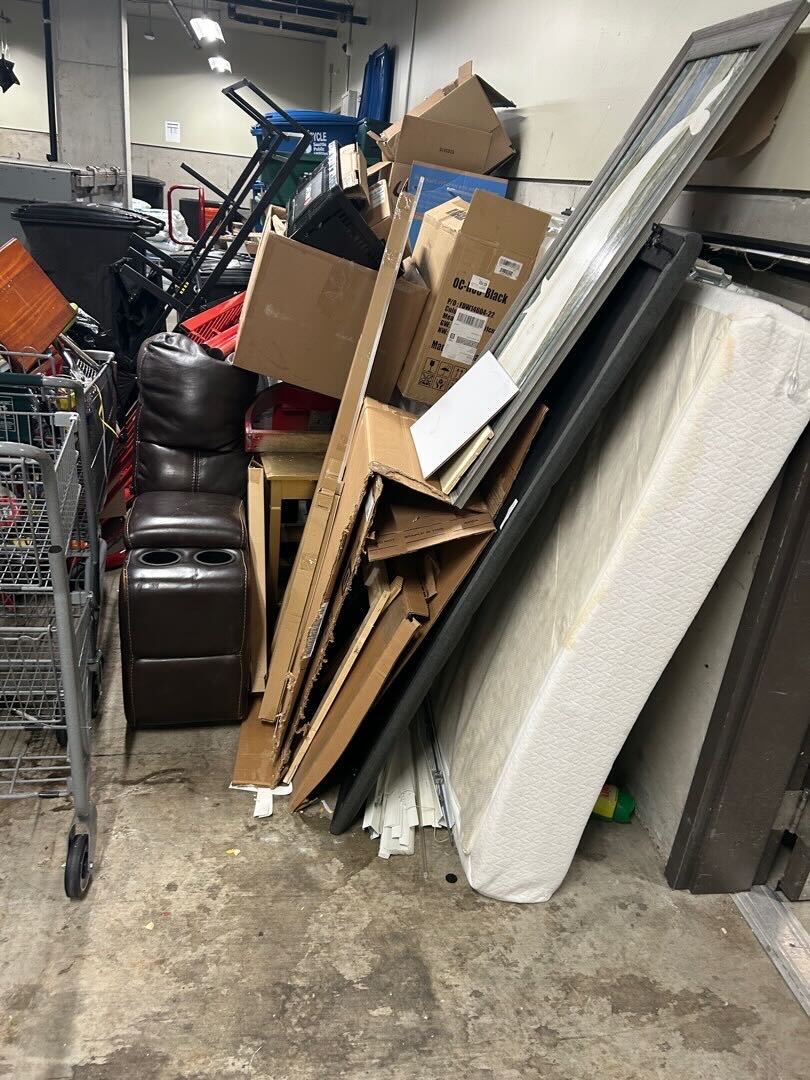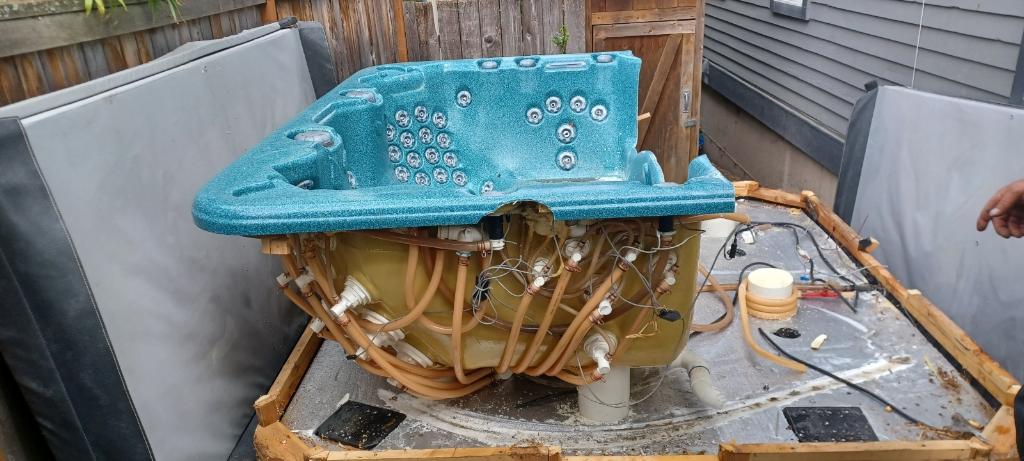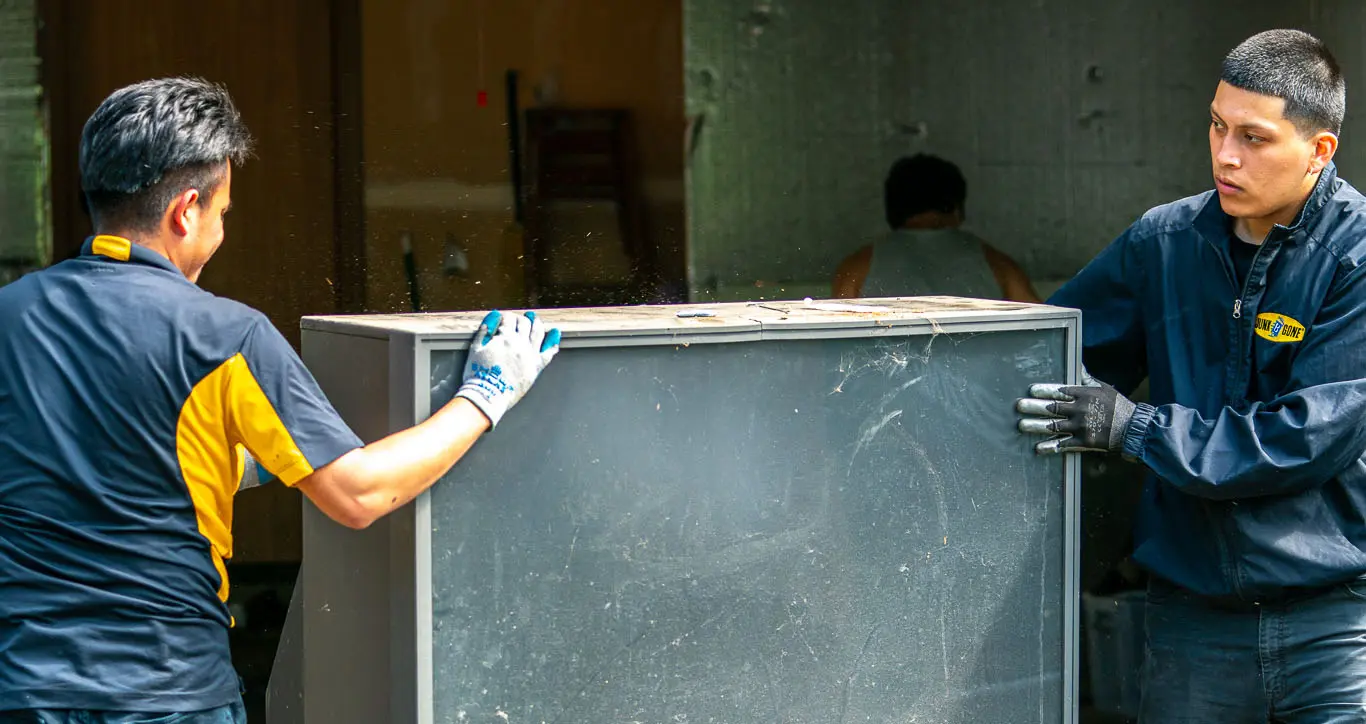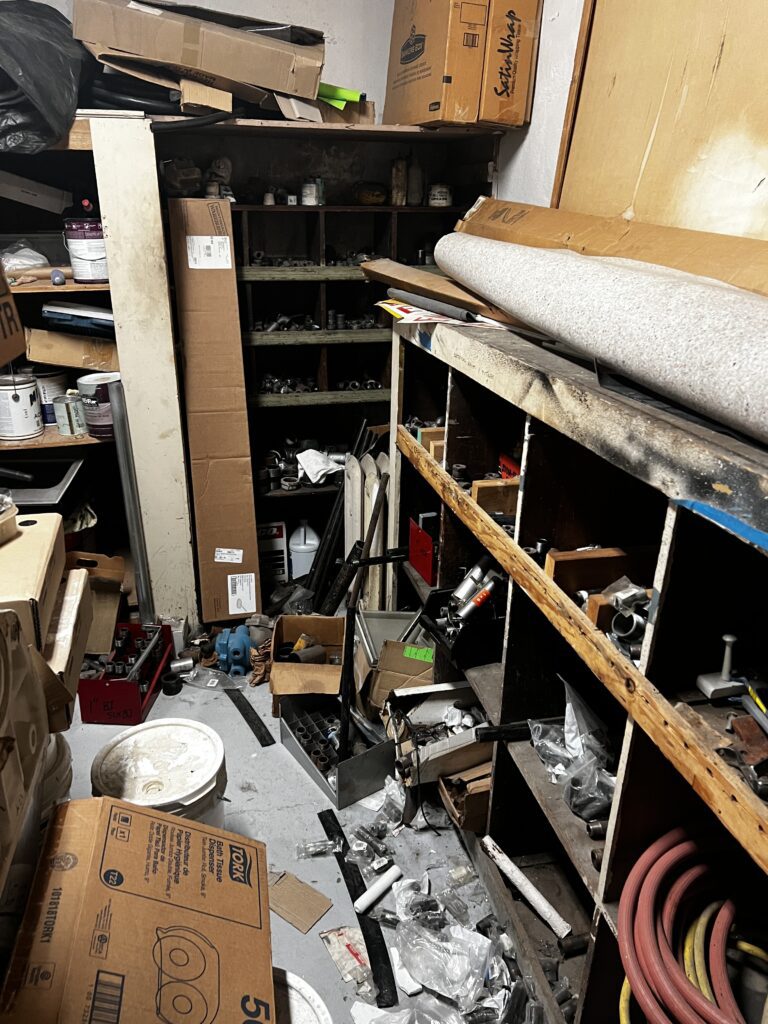
1. What are the essential steps in the scrap metal removal process?
The scrap metal removal process involves several crucial steps to ensure efficient and effective recycling. First, gather all the scrap metal you want to remove and sort it by type, such as ferrous (iron and steel) and non-ferrous (aluminum, copper, brass) metals. Next, clean the metals to remove any contaminants like dirt, grease, or other materials that might lower their recycling value. Then, use the appropriate tools to dismantle larger items into smaller, manageable pieces. After that, transport the sorted and cleaned scrap metals to a recycling facility or arrange for a professional scrap metal removal service to pick them up. The final step is ensuring that the recycling center processes the metals correctly to recover valuable materials and reduce environmental impact.
2. How do you properly sort different types of scrap metal for recycling?
Sorting scrap metal is vital for maximizing its value and ensuring proper recycling. Start by using a magnet to separate ferrous metals (those containing iron, which are magnetic) from non-ferrous metals (like aluminum, copper, and brass, which are not magnetic). Next, visually inspect the metals to identify different types; for instance, copper has a reddish-brown color, aluminum is lightweight and silver, and brass has a yellowish hue. Use tools like metal analyzers or spectrometers for precise identification, especially for valuable metals. Separating metals accurately helps recycling centers process them efficiently, ensuring the highest possible return for your efforts.
3. What tools and equipment are needed for effective scrap metal removal?
For effective scrap metal removal, you’ll need a variety of tools and equipment to handle, sort, and transport the materials. Basic tools include gloves, safety glasses, and steel-toed boots to protect yourself during the removal process. Cutting tools, like saws and angle grinders, are useful for dismantling larger metal items. Magnets and metal detectors can help distinguish between ferrous and non-ferrous metals. A sturdy vehicle or trailer is essential for transporting large quantities of scrap metal. Finally, having scales and measuring tools can help you weigh and assess the value of the scrap metal before taking it to the recycling center.
4. How can I prepare scrap metal for recycling to maximize its value?
To maximize the value of scrap metal, preparation is key. Begin by sorting the metals into different categories, such as ferrous and non-ferrous, and further divide them by type (e.g., aluminum, copper, brass). Clean the metals thoroughly to remove any dirt, oil, or paint that could reduce their value. For items like wires or pipes, strip off any insulation or coatings to increase their worth. Cut larger pieces down to size for easier handling and transport. Proper preparation ensures you get the best price for your scrap metal at recycling centers.
5. What safety precautions should I take during the metal removal process?
Safety should always be a top priority when removing scrap metal. Wear appropriate personal protective equipment (PPE), such as gloves, safety goggles, and steel-toed boots, to protect yourself from sharp edges, flying debris, or heavy objects. Ensure that your work area is well-lit and free of trip hazards. When using cutting tools or heavy machinery, follow all safety guidelines and operate the equipment correctly. It’s also crucial to have a first aid kit on hand in case of any accidents. Finally, handle hazardous materials, such as lead or mercury, with care and follow local regulations for their disposal.
6. How do recycling centers process scrap metal once it is collected?
Once scrap metal is collected, recycling centers process it through several stages. First, the metals are sorted by type and purity. Ferrous metals are separated from non-ferrous metals using magnets, and further sorting is done manually or with advanced machines. Next, the metals are cleaned and stripped of any non-metallic materials, such as plastic or rubber. They are then shredded into smaller pieces to make them easier to handle and melt. The shredded metals are melted in large furnaces and purified to remove any remaining contaminants. Finally, the molten metal is poured into molds or sheets, forming new raw material ready for manufacturing.
7. Why is it important to clean scrap metal before recycling?
Cleaning scrap metal before recycling is essential for several reasons. First, clean metal fetches a higher price at recycling centers because it reduces the effort and cost needed to process it. Removing dirt, grease, paint, and other contaminants helps ensure the recycling process is efficient and produces high-quality recycled materials. Second, cleaner scrap metal reduces the risk of damage to recycling equipment and prevents contamination during the melting process, leading to better-quality end products. Overall, cleaning scrap metal maximizes its value and helps maintain the integrity of the recycling process.
8. What are the environmental benefits of recycling scrap metal?
Recycling scrap metal offers significant environmental benefits. It reduces the need for mining and extracting virgin materials, which can cause habitat destruction, soil erosion, and water pollution. Recycling also conserves energy, as melting down scrap metal requires far less energy than processing raw ore. This reduction in energy use leads to lower greenhouse gas emissions and a smaller carbon footprint. Additionally, recycling metal helps keep waste out of landfills, reducing landfill space usage and preventing the release of harmful chemicals into the environment.
9. How do you identify and separate ferrous and non-ferrous metals?
To identify and separate ferrous and non-ferrous metals, use a magnet as the first step. Ferrous metals, such as iron and steel, are magnetic and will attract the magnet, while non-ferrous metals, like aluminum, copper, and brass, will not. Next, visually inspect the metal for color and weight—for example, copper has a reddish-brown color, aluminum is lightweight and silver, and brass has a yellowish tint. For a more precise identification, use tools like metal analyzers or spectrometers to test the metal composition. Properly separating these metals is crucial for recycling centers to process them efficiently.
10. What are some common mistakes to avoid when removing and recycling scrap metal?
When removing and recycling scrap metal, avoid these common mistakes: failing to sort the metals properly, which can result in lower prices or rejection at recycling centers; not wearing appropriate protective gear, leading to potential injuries; neglecting to clean the metals, which can reduce their value; transporting scrap metal improperly, such as overloading vehicles or not securing loads, which can cause accidents; and ignoring local regulations, which can lead to fines or penalties. Being aware of these mistakes ensures a safe, efficient, and profitable recycling process.
